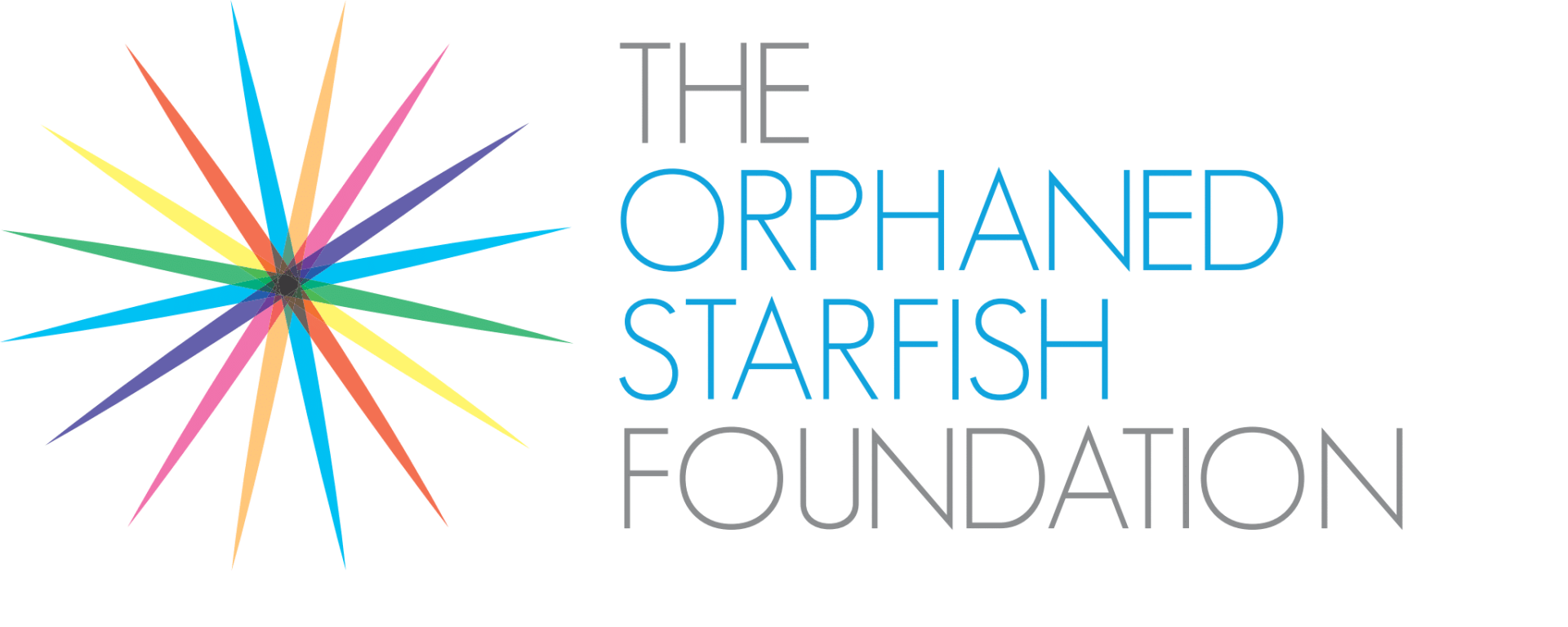PROGRAM SITE PERSPECTIVE: Pozo De Vida, Mexico Starfish Stories
1. How did you get involved with OSF? / How did OSF start in your community?
Andy came to visit us in 2015 with some of his friends. He played games, made balloon animals, and magic tricks with the girls and from that moment on he has been supporting us.
2. Tell us the story of your community.
When we arrived in Mexico, we had no idea of the complexity, proliferation, or enormity of the problem of modern slavery. We were amazed at the number of children being treated each year. The statistics impressed us and weighed heavily on our hearts. We knew that we were witnessing one of the greatest tragedies of our generation. We were led to respond and act, and that is how El Pozo de Vida A.C. started.
3. What are the biggest challenges your students face?
In the majority there is a lack of knowledge of the use of computers, as well as their basic programs. They lack or present deficiencies in coordination or reading and writing processes, which makes the acquisition of mastery in the use of computers slow and constantly generates frustration.
4. Tell us the story of one of the students. (Tell the real story, even with all the unpleasant details.)
A young woman who had not used a computer. At first, she tried to write and when she could not keep up with her classmates, she became upset and refused to finish the activity. Later, she began a basic typing course and another introduction to the use of Microsoft Word. She currently manages to successfully carry out one-page writing practices and explores Word tools autonomously.
5. How has OSF affected your children?
The Orphaned Starfish Foundation has allowed the students to build an approach to basic digital tools and online programs like Canva and courses like T-Test and to train themselves for employment.
6. What kind of changes have you seen in them?
They have increased curiosity when conducting research on the Internet on topics that question their guides, as well as greater security and autonomy when using computer equipment.
7. What are they learning?
The students are learning typing, basic use of Microsoft Office, keyboard proficiency through game pages for those who are not proficient in writing.
8. What kind of opportunities have you created?
Access to cognitive stimulation pages, development of practice curricula, access to online course platforms, the possibility of studying remotely and obtaining high school certificates, access to videos and documentaries to increase knowledge in general culture.
9. How does this center benefit the community?
It increases the chances of advancement in the academic field for the students and it provides an approach to the fundamental digital tools in the current workplace.
10. What is your greatest hope for the center and the community?
That more young people can obtain their certification at the high school level and open greater possibilities for courses with certification that provide tools for the labor field and their future reintegration.
11. Any particularly interesting stories you want to share about the center?
The opportunity to carry out a practice for the older girls on the preparation of a curriculum vitae so that they could visualize those areas in which they have strengths and that this type of document can be included, giving greater clarity about their future possibilities.
12. What is the best way someone can help this center?
To continue with updates and bringing hope and opportunities to our students.
THANK YOU FOR SUPPORTING OSF. YOU ARE NOT ONLY CHANGING LIVES, YOU ARE NOW SAVING THEM AS WELL.
Please continue to give at www.osf.org/donate
Recent Blogs







